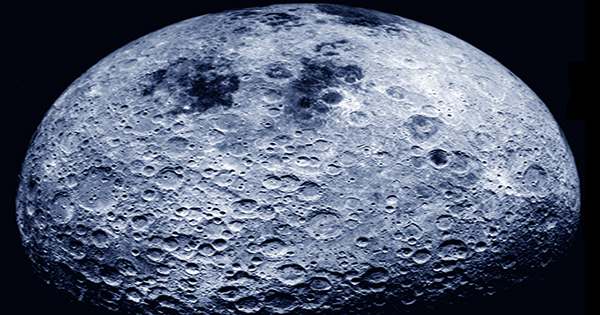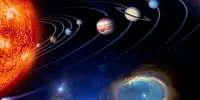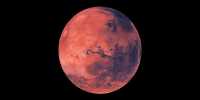Given that the fall equinox will occur in less than two weeks, it is easy to understand why September’s full Moon is known as the Harvest Moon. It will precisely peak on September 10 at 5:59 am EDT, but if you gaze up at the sky, it will continue to appear full through Sunday.
The names given to the full Moons throughout the year are largely derived from the names given to them by various Native American tribes in the Maine Farmer’s Almanac. The final full Moon of the summer is a bit of an oddity because, according to NASA, the name was already in the Oxford English Dictionary in 1706.
The names given to this Moon by various cultures all have a harvesting-related theme. It also goes by the titles Fruit moon and Barley Moon in Europe. This Moon is referred to as “laboriosa” (hard-working) in Italian. For the Algonquin people, who were the original inhabitants of what is now the northeastern United States and many parts of Canada, it is the Corn Moon.
This moon symbolizes the traditional harvest festivities in a number of Asian nations, including China and Vietnam. With sacrifices made to the Moon Goddess Change (whom China’s Moon mission is named after), it is known as the Moon Festival or Mooncake Festival in some parts of China. In Japan, as part of their Tsukimi, the Moon-viewing festival, this Moon is referred to as Imomeigetsu (potato harvest moon). This is known as Madhu Purnima or the Honey Full Moon Festival among Buddhists in Bangladesh and Thailand.
As it begins the Pitru Paksha (fortnight of the ancestors) for Hindus and the High Holy Days of Yom Kippur and Elul, an important month in the Hebrew calendar, respectively, for Jews, this Moon also commemorates religious activities for both groups.
Four consecutive supermoons have occurred this summer, which is the non-astronomical term for when a full Moon occurs to coincide with the Moon’s perigee, the point in its orbit where it is closest to Earth and seems enormous in the sky. Back to business as usual for Moons, but fear not—we still have plenty of entertainment in store. You could be able to see the Moon block Uranus on September 14 and on September 26, Jupiter will be at its closest to Earth in 70 years. Check back here for information on how to view the partial solar eclipse in October and the partial lunar eclipse in November.















